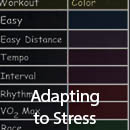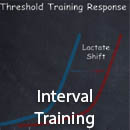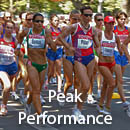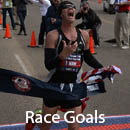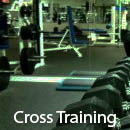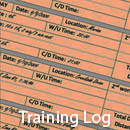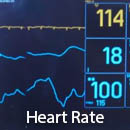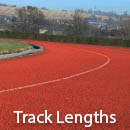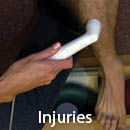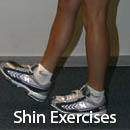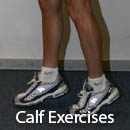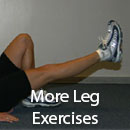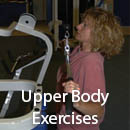Race Walking Training
Injuries, Treatments & Nutrition
As if searching for the elusive Holy Grail, many walkers get lured into our sport by the equally elusive promise of injury-free training. The simple reality is that although race walkers experience fewer injuries than other athletes, injuries can occur just as they do in any other aerobic weight-bearing sport.
Race walking is unique in that it demands a certain symmetry of motion. Each lower limb performs similar functions; without symmetry, the alignment is thrown off. Just as potholes affect a car, walking over bumps and humps—or just walking too much without proper support or cushioning—upsets your body’s alignment, causing painful strains and inflammation in muscles and joints in the process.
When injuries occur, follow these guidelines for treatment—but remember, they are not a substitute for a doctor’s opinion. Always consult your primary care physician or other medical provider when front-line treatment fails to work or when the problem worsens.
Causes
There are several different causes of injury. One of the most common—overuse---occurs for several important reasons.
- Suddenly increasing weekly mileage adds excessive stress to the leg joints. An injury is the body’s response.
- Continually increasing mileage without allowing adequate time for the body to adapt produces stress. At first, walkers feel confused, not understanding how gradual change can cause pain. However, the continual training load amasses until the body reacts with an injury.
- Changing terrain--whether from flat to hills, soft to hard surface, or hard to soft surface--sets up an injury.
- Shoes not properly designed to provide support might initially feel comfortable, but as they wear, they break down. Without proper support, your foot also breaks down, which can cause injury elsewhere in the body.
- Rapidly changing your technique requires additional stretching to help your body, especially muscles, adapt to your new style. Omitting necessary stretches can lead to injury.
Some race walkers develop injuries by walking with improper technique. Fortunately, these problems can be corrected with proper planning—following the techniques in this book and my DVDs—and good coaching. Notice that my training schedules contain both easy and hard weeks. Resting the body is as important as training it. The body requires time to recuperate.
Pay attention to the road and road surface when you walk. An accidental trip on a curb or walking into a car dents more than just your training schedule. The racing career of National Team member John Nunn encompasses a short five years. During that time he missed training due to a broken ankle, two car accidents, and bruised ribs. It’s easy to get hurt if you are not careful.










